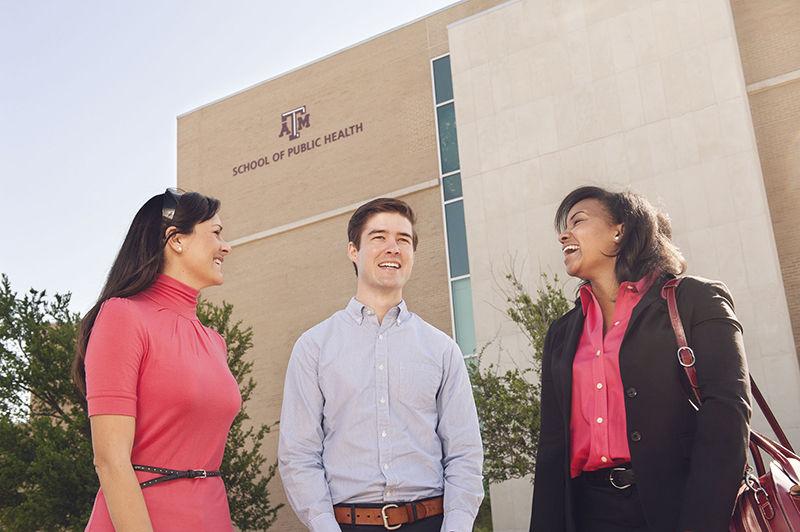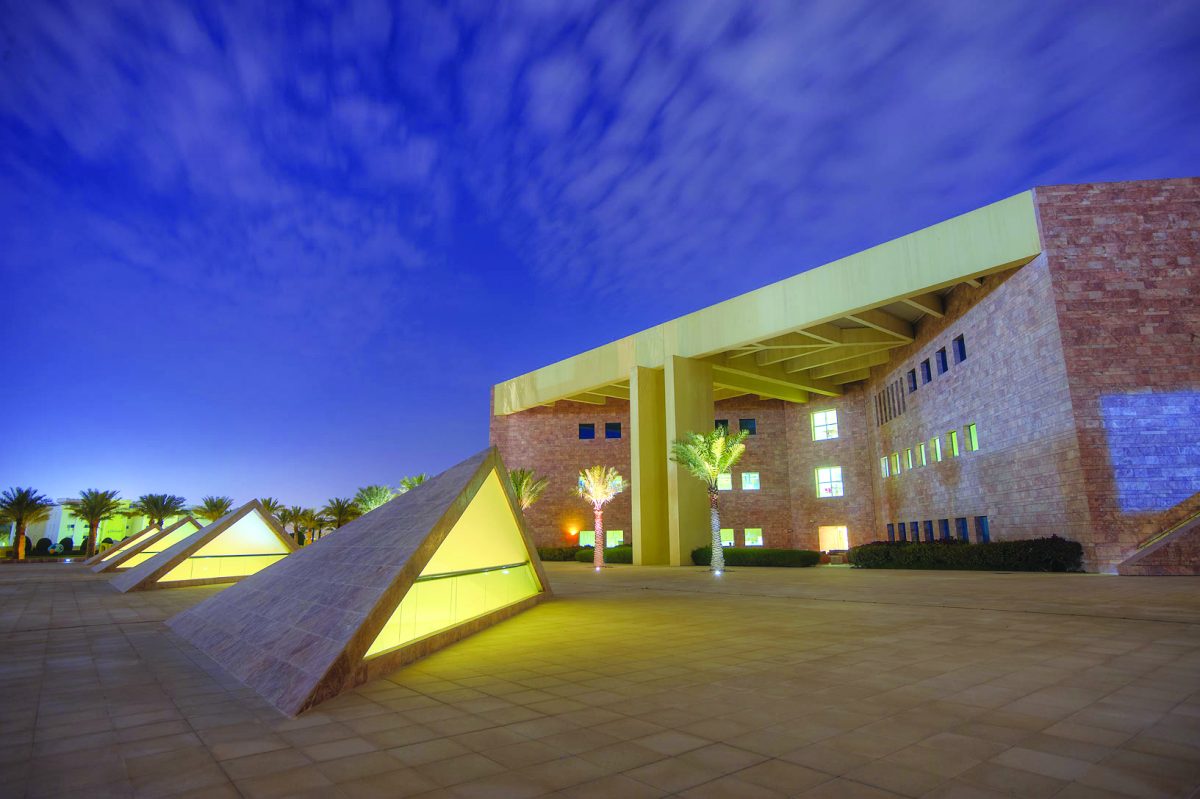Mind-boggling numbers that project the increase of the world population to rise by 2 billion people in less than 40 years pose a challenge when they are presented to the people tasked with finding new ways to feed that growing population.
According to the U.S. Census Bureau, the world human population is projected to increase to 9.4 billion by 2050, which is a fast increase from todays 7 billion. The agricultural, economic and environmental issues that the continuing population increase of humans would entail is likely to be one of the most defining challenges of the 21st century.
It has long been observed that growing populations place a great deal of pressure for resources in the production of foodstuffs. Already within a minority of the developing world, the growing demands placed on four main components food production, land, water and energy have resulted in the spread of food riots and widespread malnutrition.
The key to dealing with this problem is institutionalized innovation, said Federick O. Boadu, agricultural economics professor. [This] means efforts of institutions like Texas A&M in applying science and technology [into the agricultural and production process].
Technology and agriculture share a close relationship, especially after seeing the same fears of human overpopulation leading to food shortages in previous generations during the first half of the 20th century.
However, in the case of the 20th century, the 1950s saw the addition of a breakthrough agricultural process that involved petroleum based fertilizer, hybridized plant seeds, and various other technologies, forever revolutionizing food production. This period of time, coined by historians as the Green Revolution, saw the transformation of agriculture from a simple collection of family farms into the modern industrial complex it is today. In fact, it for his work that was done during the Green Revolution that Aggielands own Dr. Norman Borlaug was awarded a Nobel Peace Prize.
Joe Outlaw, professor of agriculture economics at A&M had a simpler evaluation.
The Green Revolution, in my version, was simply new technologies and new wheats, [which] on all accounts saved a whole lot of peoples lives, Outlaw said.
In the present scenario, biotechnology, particularly when applied to the production of genetically modified food, is one of todays most promising breakthroughs. However, many genetically modified foods from crop to livestock have been met with public scrutiny, resulting in restrictions and even the banning of some foods from several markets.
Boadu said the problem of meeting increased food demands is not just a technical issue, but a social one as well. It involves educating people to accept food that they have never seen or known of before.
Future farmers and agricultural engineers are taking note of the current population phenomenon as well as sharing their feelings about it.
[The agricultural demands of a growing population] is not something that is really reported on and is a major issue, said Marisa Powell, senior biological and agricultural engineering major. It was actually one of the reasons I chose this field and Im really excited for the challenge.
Agricultural economics graduate student Padmaja Pancharatham gave a more personal outlook on the fears of food shortages amidst a growing population.
They said the same thing in the 1950s in my home country of India, but then the Green Revolution came in, Pancharatham said. Well be able to adapt; we will provide.
Randi Hughes-Fraire, an agricultural economics doctorate student took a different approach.
[Ultimately], I think it is definitely an issue to be addressed, and governments need to collaborate and form stronger initiatives to make humans more responsible, Hughes-Fraire said. Sustainability is the goal.
As the agricultural industry stands ready to respond to the ever-growing food demand, only time will tell whether an effective solution will emerge amidst the increasing population.
Increasing population places burden on producers
January 16, 2013
0
Donate to The Battalion
Your donation will support the student journalists of Texas A&M University - College Station. Your contribution will allow us to purchase equipment and cover our annual website hosting costs.
More to Discover








